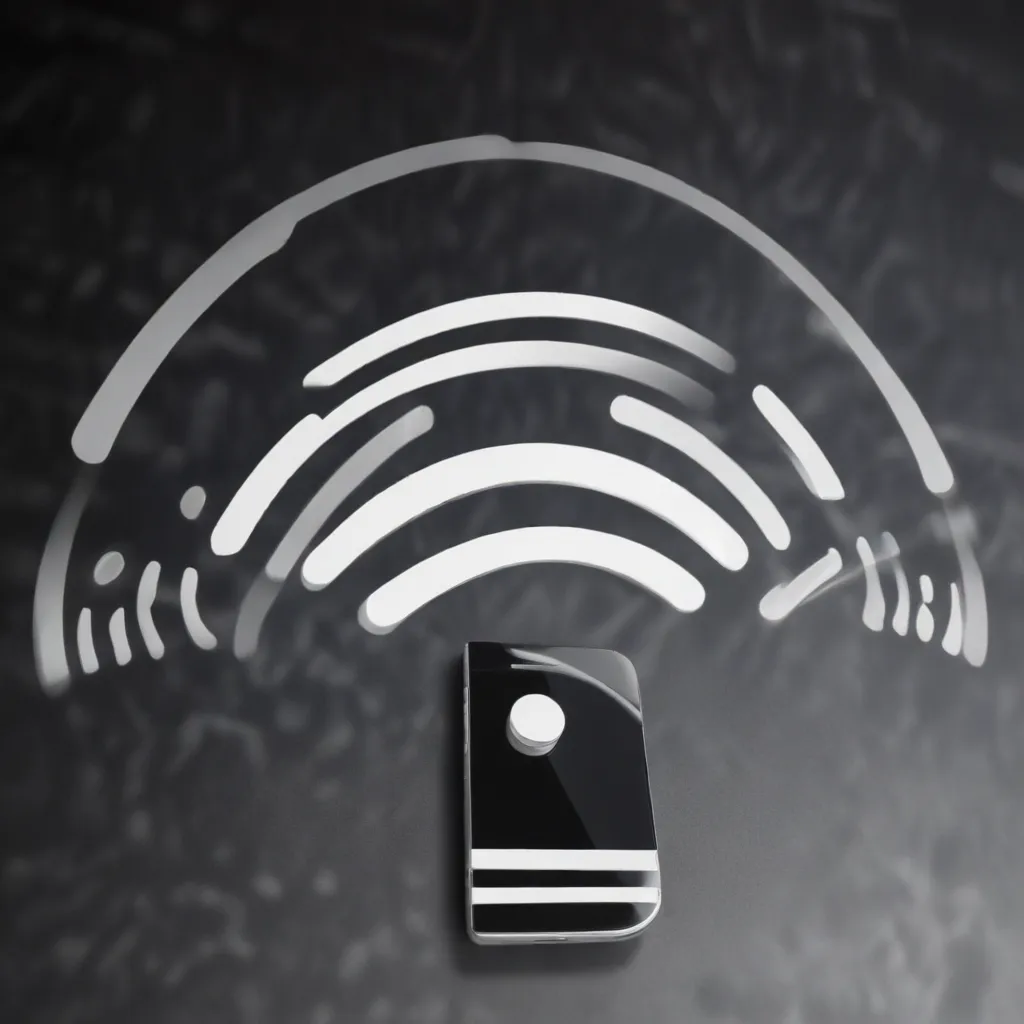
As an experienced IT professional, I understand the importance of reliable and efficient wireless connectivity, especially for smartphone users who rely on their devices for a variety of tasks, from browsing the web to streaming media. In this comprehensive article, we’ll explore practical tips and in-depth insights to help you improve the Wi-Fi performance and overall connectivity of your smartphone.
Optimizing Your Wireless Router Settings
Ensuring your wireless router is properly configured is the first step towards enhancing your smartphone’s Wi-Fi experience. Let’s start by addressing some crucial router settings:
Choose the Right Wi-Fi Frequency
Smartphones typically support both 2.4 GHz and 5 GHz Wi-Fi frequencies. While 2.4 GHz has a longer range, the 5 GHz band often provides faster speeds and lower latency. If your router supports it, consider dedicating your smartphone’s connection to the 5 GHz band for improved performance.
Select the Optimal Wi-Fi Channel
Both 2.4 GHz and 5 GHz Wi-Fi bands are divided into multiple channels. It’s important to choose a channel that is not heavily congested by neighboring Wi-Fi networks. You can use free tools like InSSIDer (Windows) or LinSSID (Linux) to scan your wireless environment and identify the least-used channels.
Separate 2.4 GHz and 5 GHz SSIDs
If your router allows it, create separate wireless network names (SSIDs) for the 2.4 GHz and 5 GHz bands. This will enable you to connect your smartphone directly to the 5 GHz network, avoiding any potential interference from devices using the 2.4 GHz band.
Update Your Router’s Firmware
Regularly updating your router’s firmware can provide performance improvements, security patches, and bug fixes. Check your router manufacturer’s website for the latest firmware version and follow the instructions to update your device.
Optimizing Your Smartphone’s Wi-Fi Settings
In addition to your router settings, there are several adjustments you can make on your smartphone to enhance its Wi-Fi performance:
Disable Unnecessary Wireless Connections
When not in use, ensure that your smartphone’s Bluetooth, NFC, and Wi-Fi Calling features are turned off. These can potentially interfere with your Wi-Fi connection and drain your battery.
Prioritize 5 GHz Wi-Fi Connections
If your smartphone supports both 2.4 GHz and 5 GHz Wi-Fi, configure it to automatically prioritize the 5 GHz band for a faster and more reliable connection.
Disable Wi-Fi Scanning
Some smartphones continuously scan for available Wi-Fi networks, even when you’re not actively trying to connect. This can impact your device’s battery life and overall performance. Consider disabling this feature if it’s available on your smartphone.
Restart Your Smartphone Regularly
Rebooting your smartphone on a regular basis can help clear any temporary issues or glitches that may be affecting your Wi-Fi performance. Make this a part of your routine maintenance.
Optimizing Wi-Fi Performance for Specific Scenarios
Depending on your usage patterns and the environment you’re in, there are additional steps you can take to further optimize your smartphone’s Wi-Fi performance:
Improve In-Home Wi-Fi Performance
If you’re using your smartphone for remote gaming, video streaming, or other demanding tasks within your home network, consider hardwiring your gaming console or streaming device to your router. This can offload the wireless traffic and improve the overall network performance.
Enhance Wi-Fi Performance in Crowded Environments
In crowded areas with numerous active Wi-Fi networks, such as airports or coffee shops, your smartphone’s connection may struggle. In these situations, try manually selecting a less-congested Wi-Fi channel or consider using a VPN to optimize your internet traffic.
Boost Wi-Fi Performance for Remote Work or Learning
If you’re relying on your smartphone for remote work or online learning, ensuring a stable and reliable Wi-Fi connection is crucial. In addition to the tips mentioned earlier, you may want to consider using a Wi-Fi range extender or mesh network system to improve coverage and signal strength in your home or remote workspace.
Troubleshooting Wi-Fi Issues
Despite your best efforts, you may still encounter occasional Wi-Fi connectivity problems or performance degradation. Here are some troubleshooting steps to help you address these issues:
Verify Network Connectivity
Start by checking the basic network connectivity of your smartphone. Ensure that you’re connected to the correct wireless network, and try restarting your smartphone and router to see if the connection is restored.
Check for Interference
Identify any potential sources of interference, such as microwave ovens, Bluetooth devices, or other wireless electronics, that may be disrupting your Wi-Fi signal. Try moving your smartphone or router to a different location to see if the performance improves.
Update Your Smartphone’s Software
Ensure that your smartphone’s operating system and any related wireless software are up-to-date. Manufacturers often release updates that address known Wi-Fi performance issues or bugs.
Consider Network Diagnostics
If you’re still experiencing persistent Wi-Fi problems, you may want to use a network diagnostic tool, such as the Network Link Conditioner on iOS or the Windows Network Adapter Troubleshooter, to help identify the root cause of the issue.
By following the tips and troubleshooting steps outlined in this article, you can significantly improve the Wi-Fi performance and overall connectivity of your smartphone, ensuring a seamless and efficient mobile experience. Remember, regular maintenance and staying up-to-date with the latest technology advancements can go a long way in optimizing your smartphone’s wireless capabilities.
For more in-depth IT solutions and computer repair insights, be sure to visit https://itfix.org.uk/. Our team of seasoned professionals is dedicated to providing practical, reliable, and up-to-date information to help you stay ahead of the technology curve.












